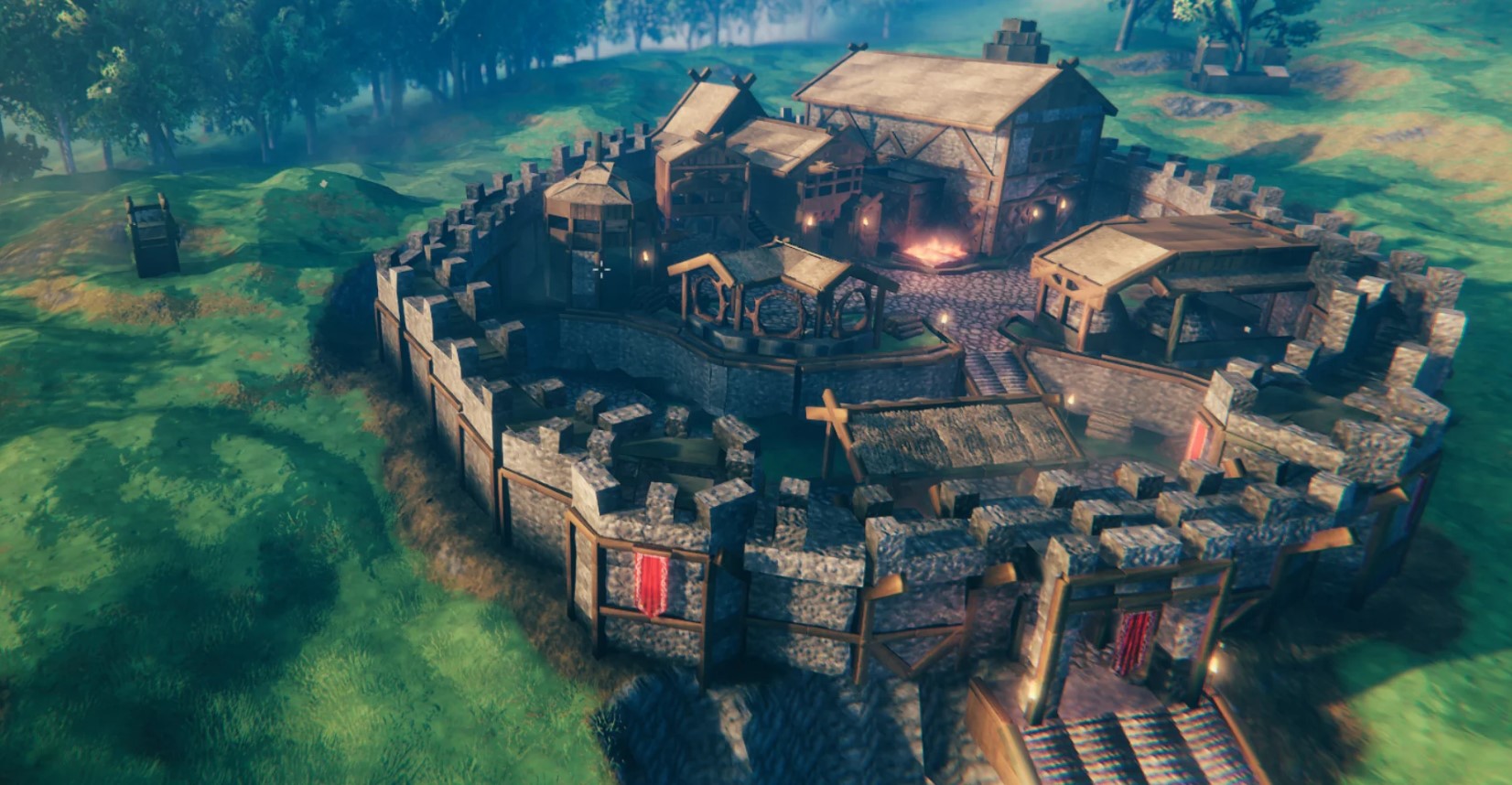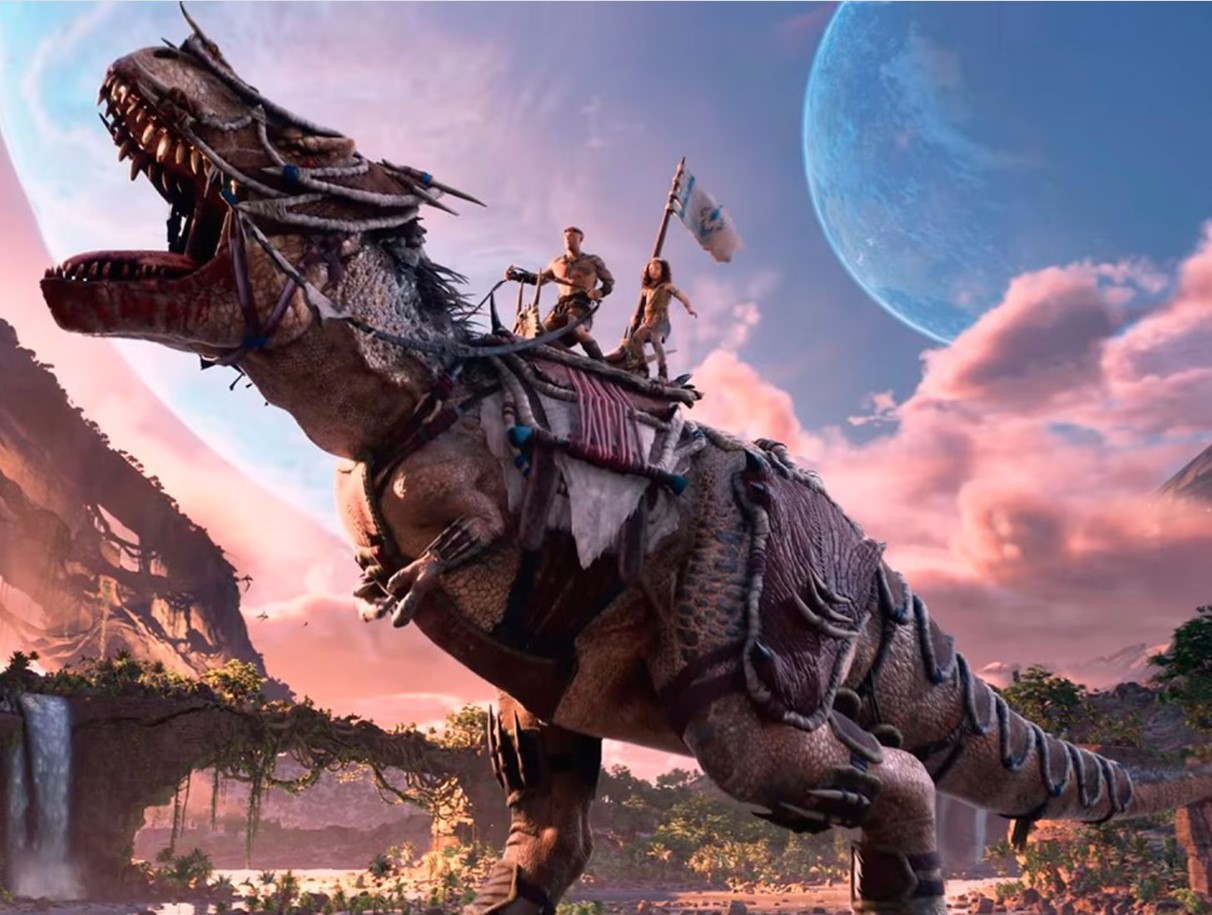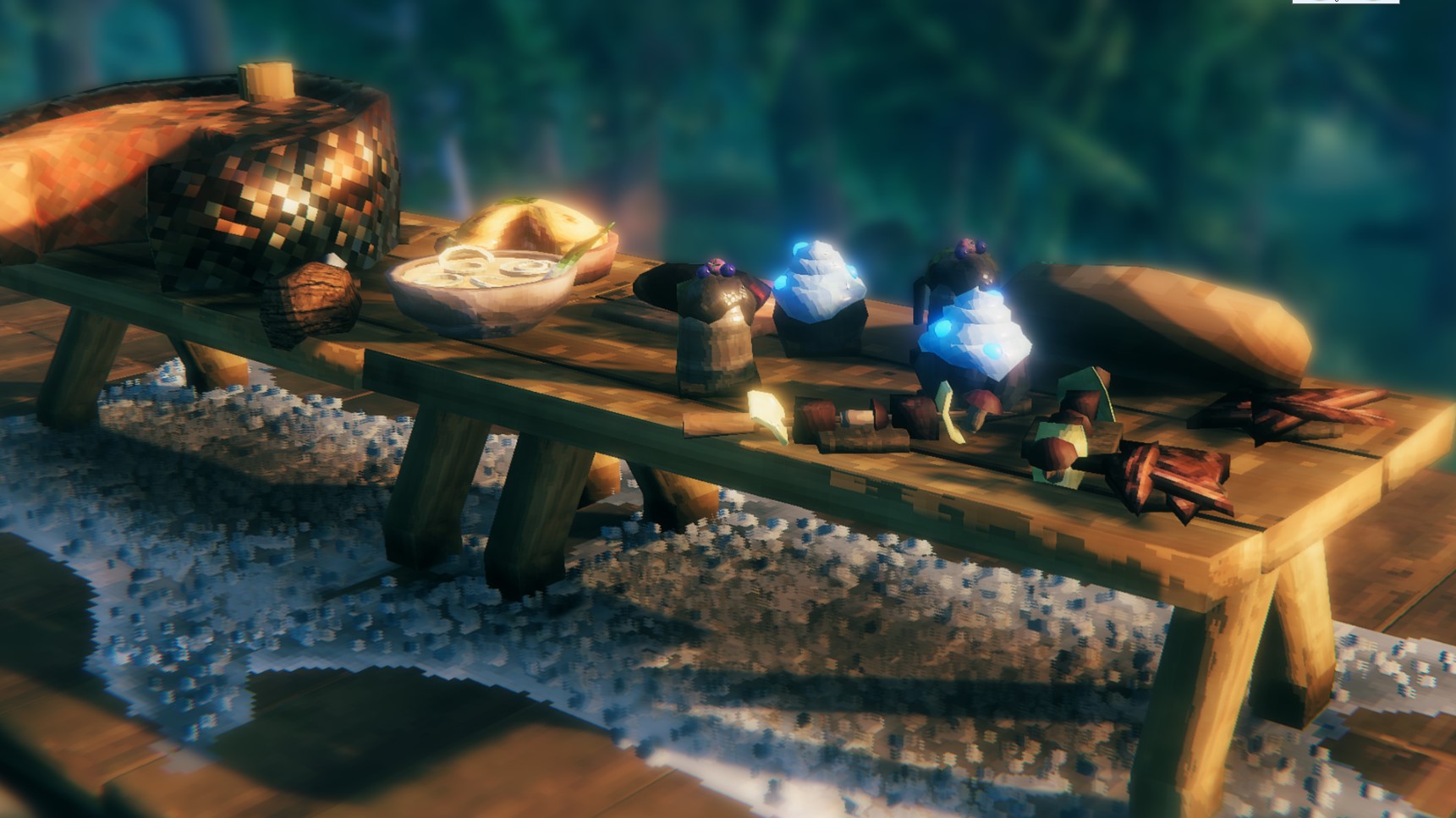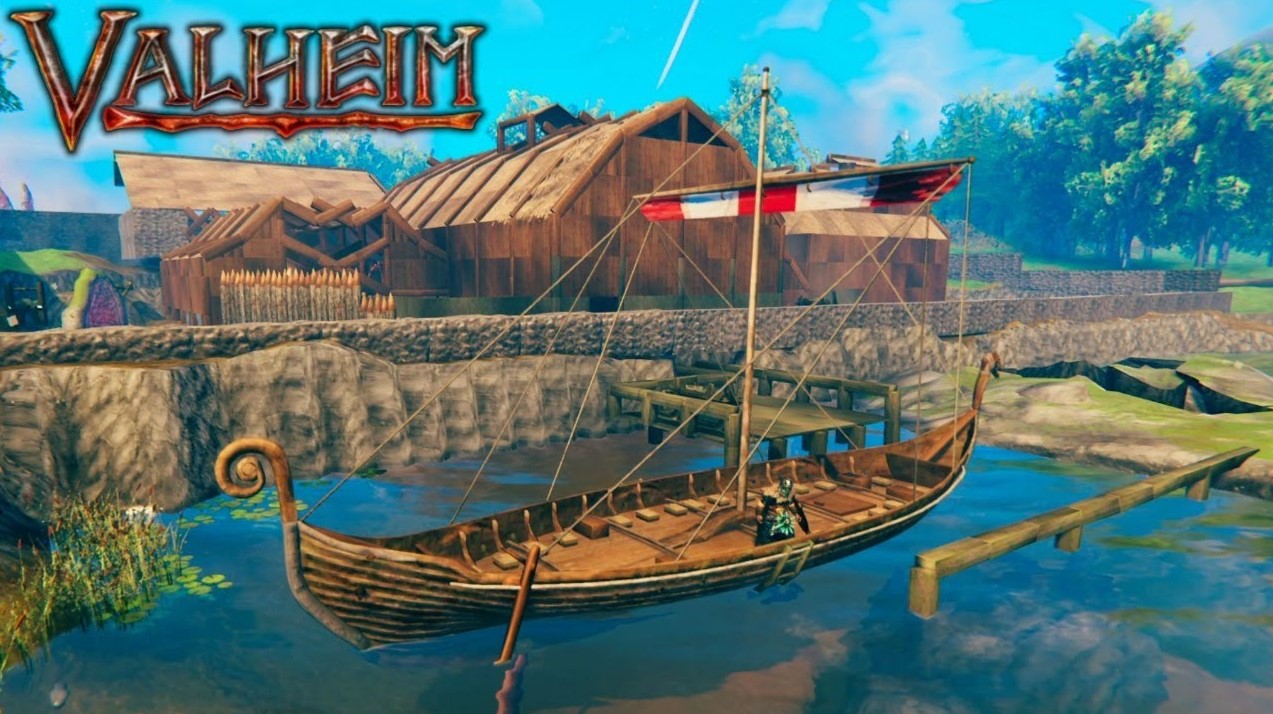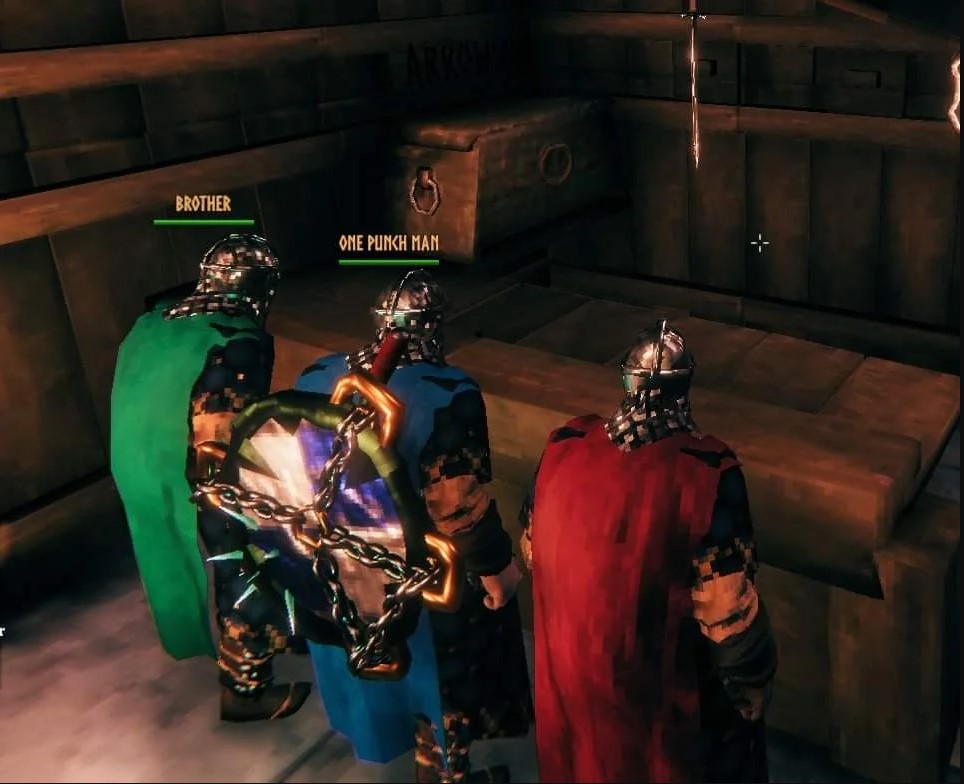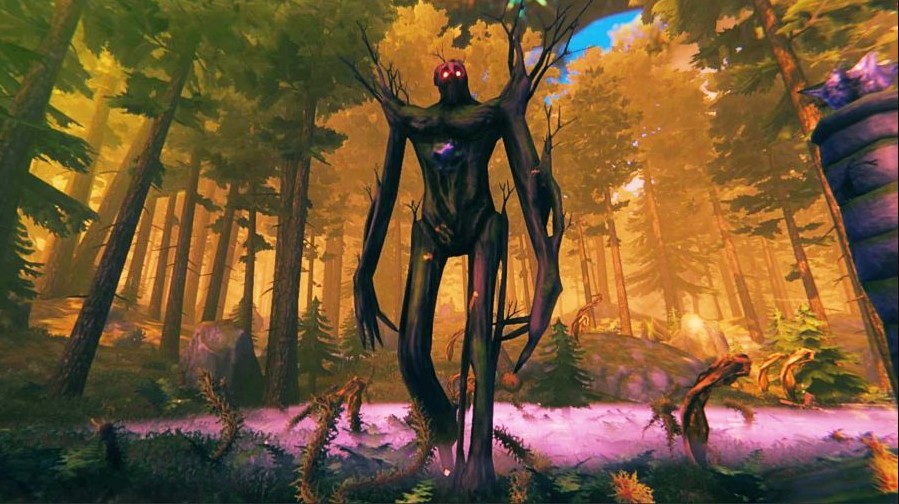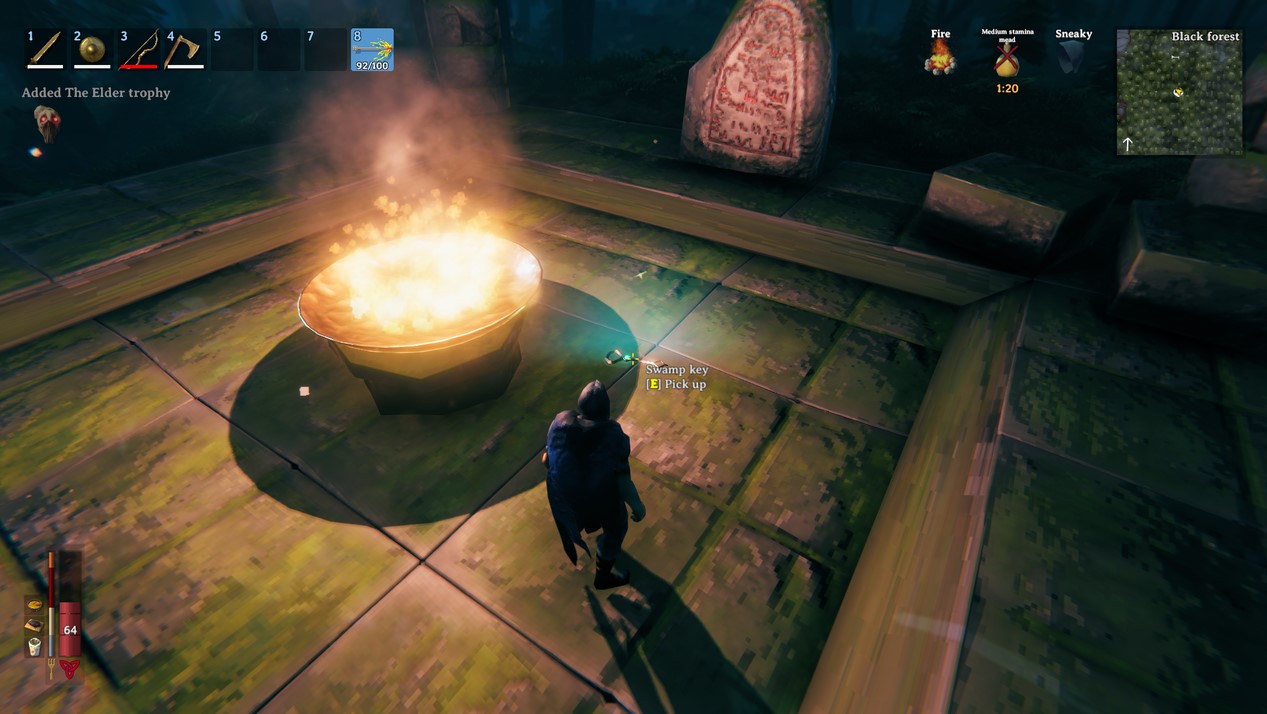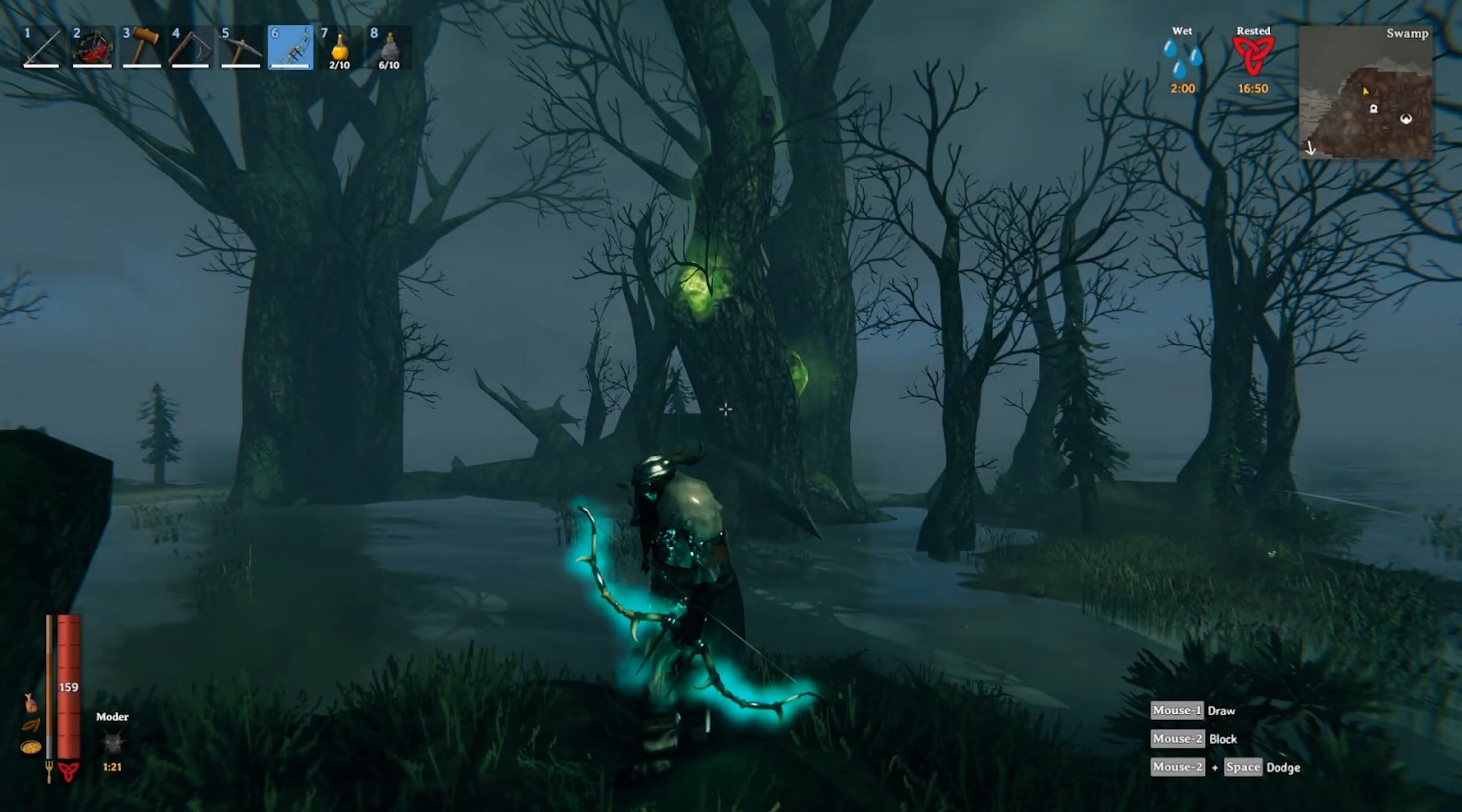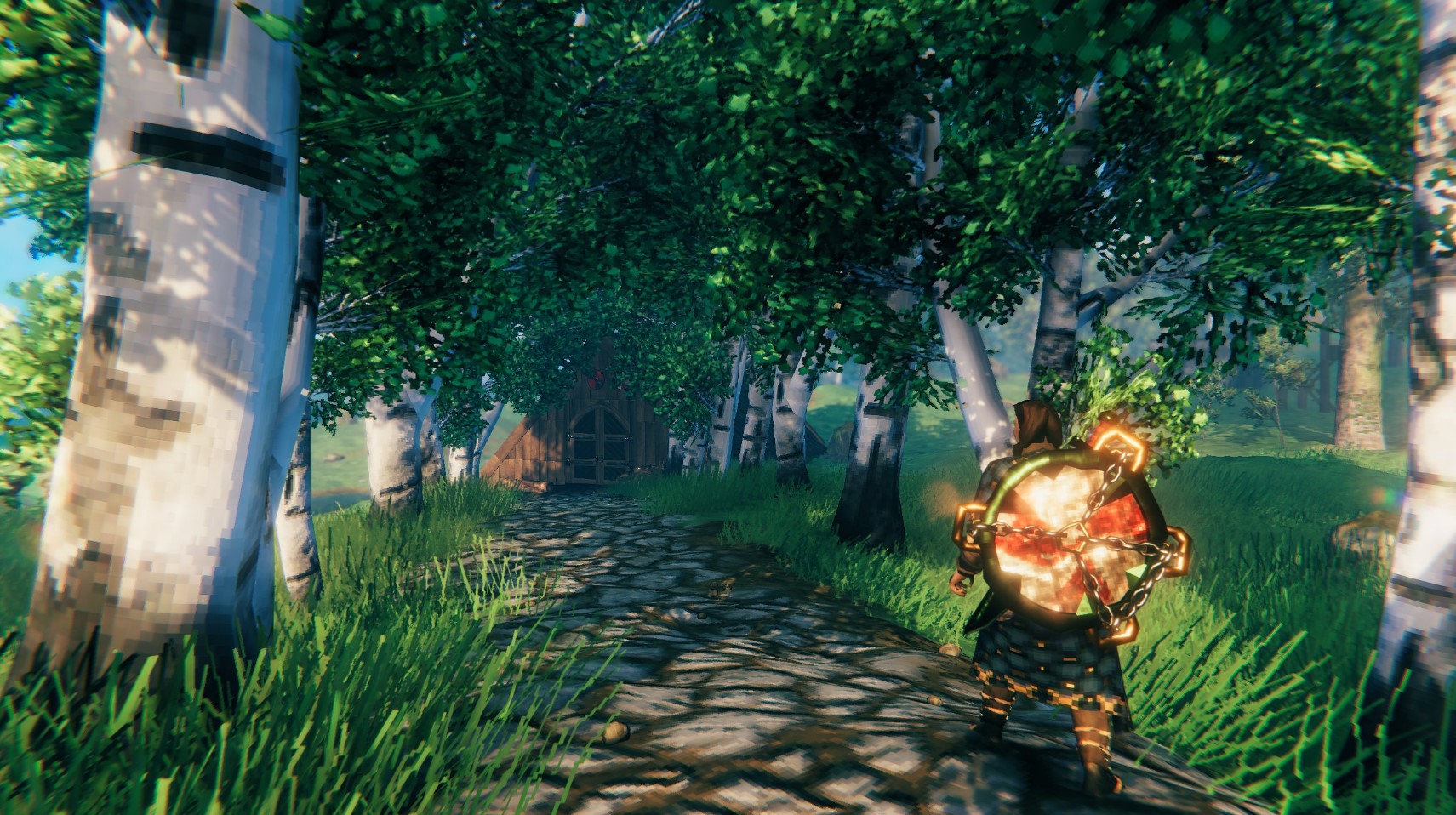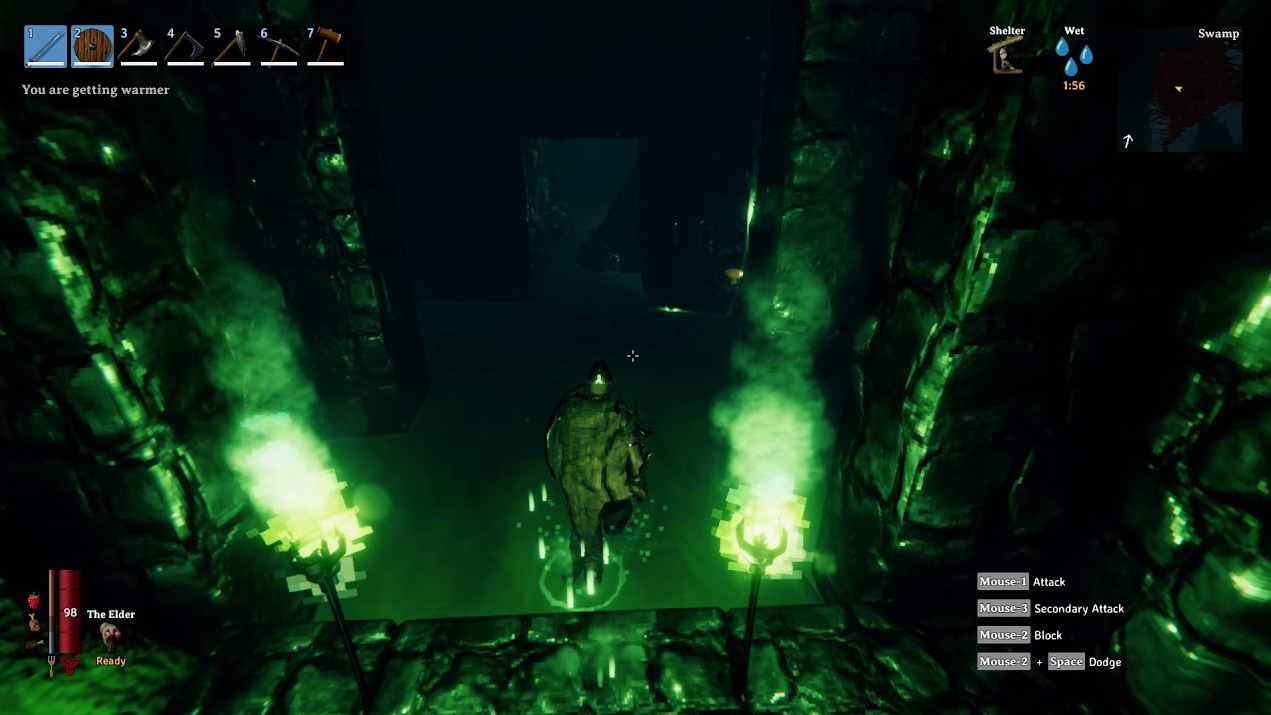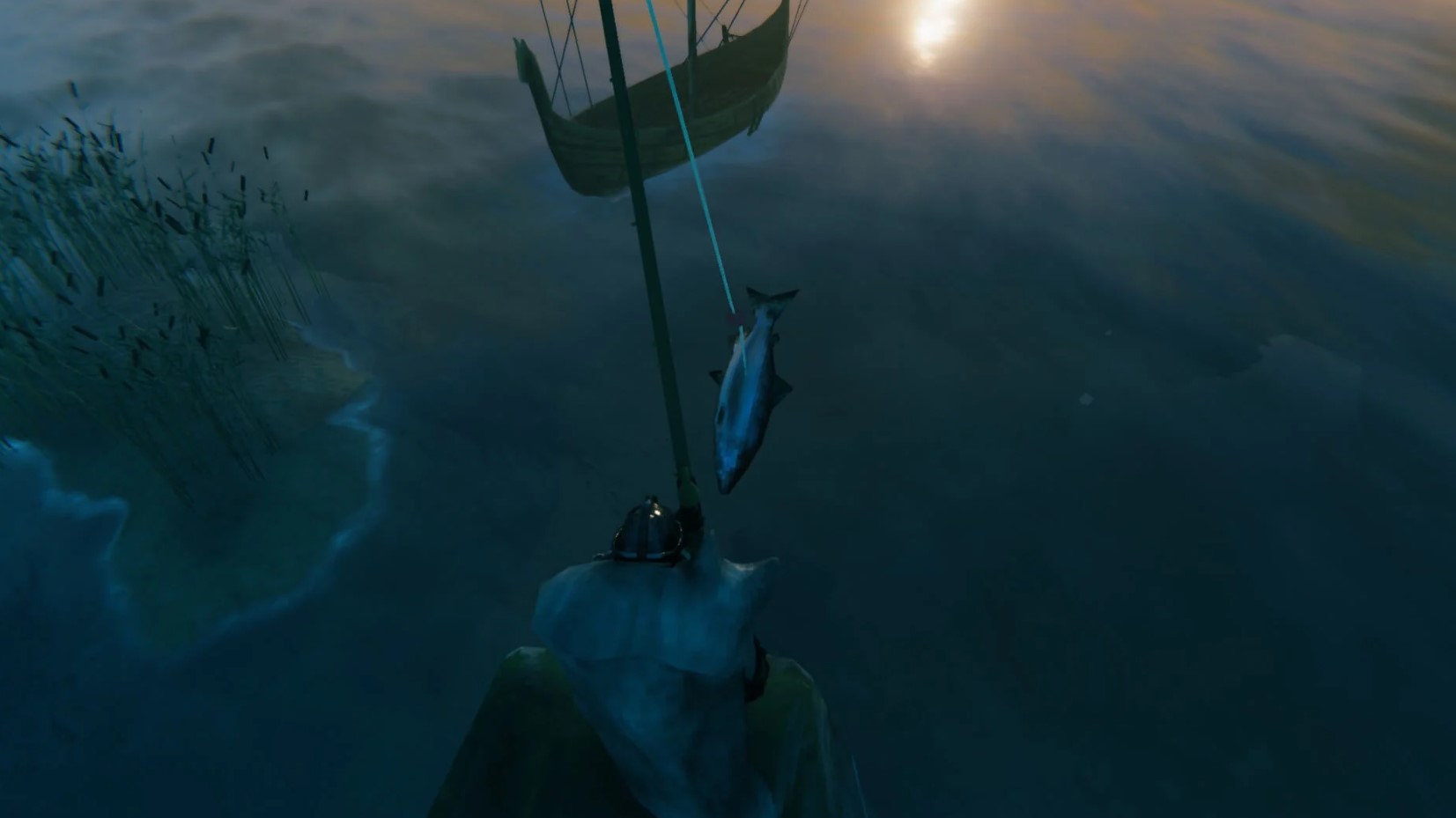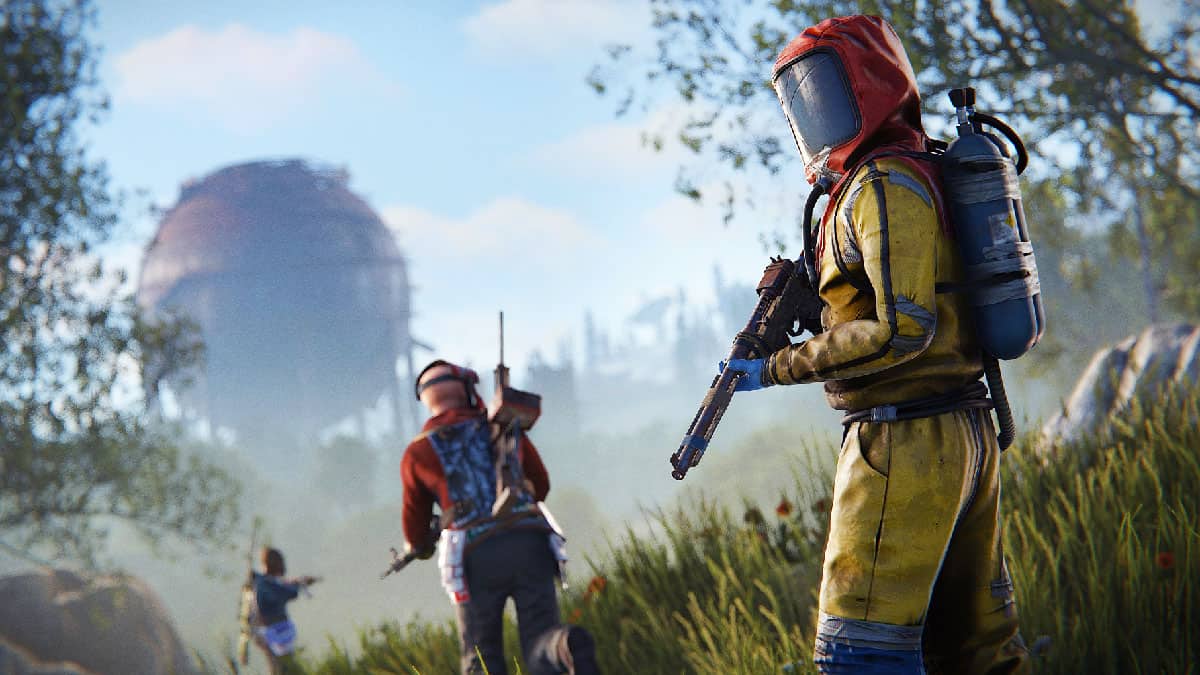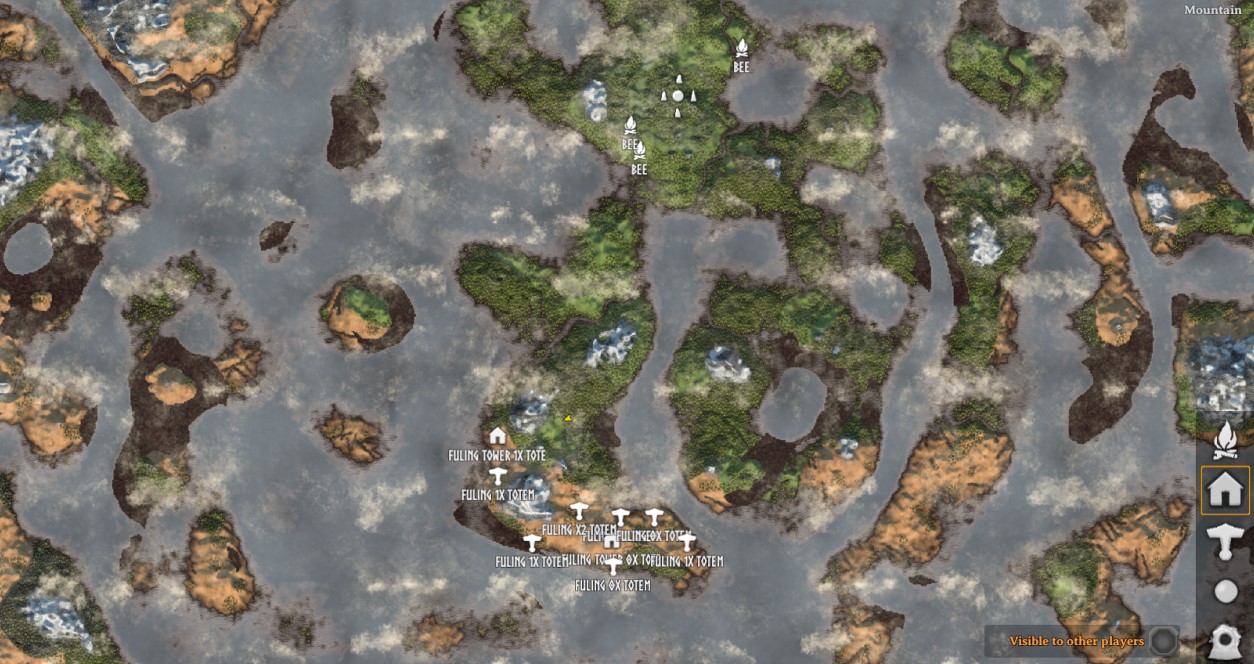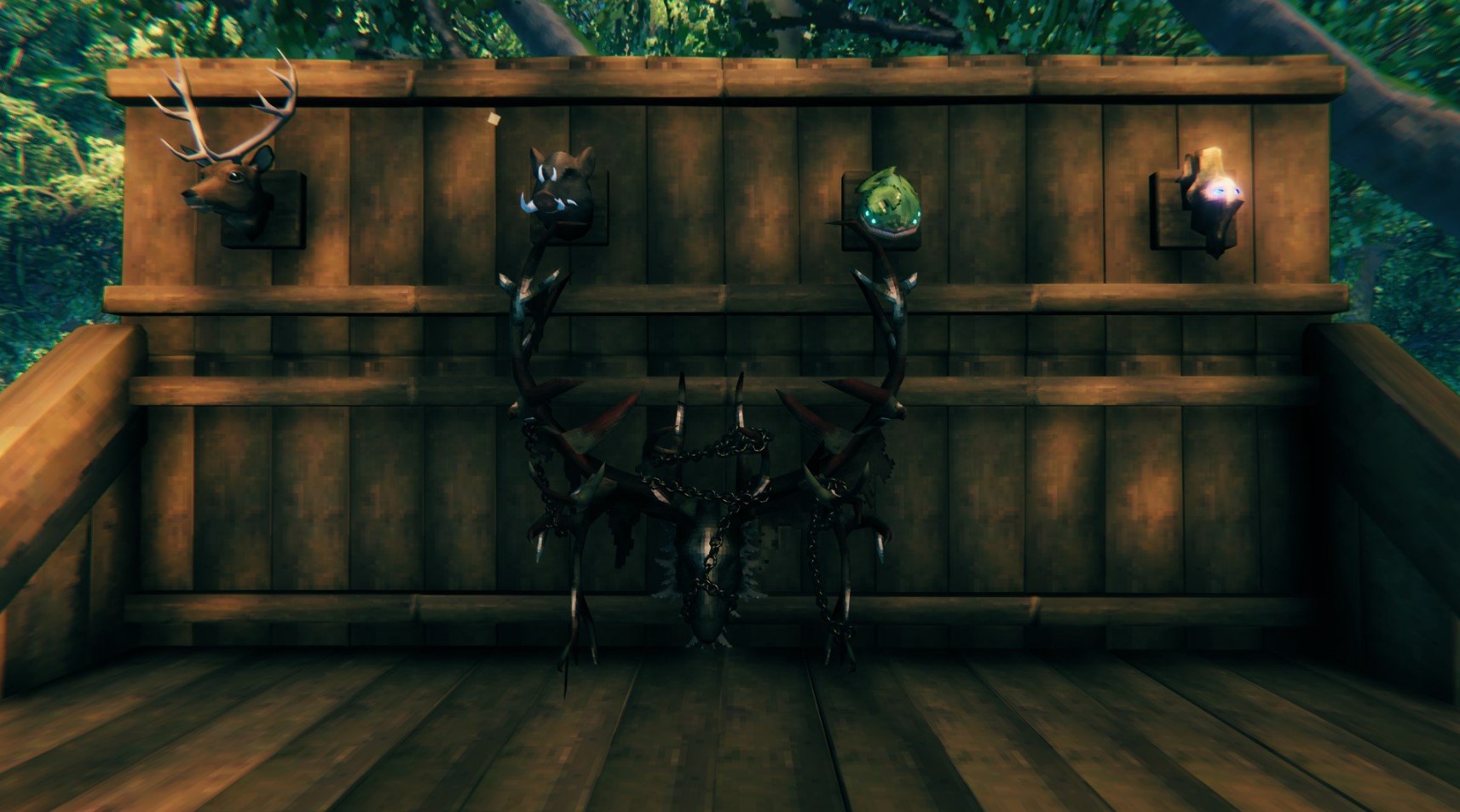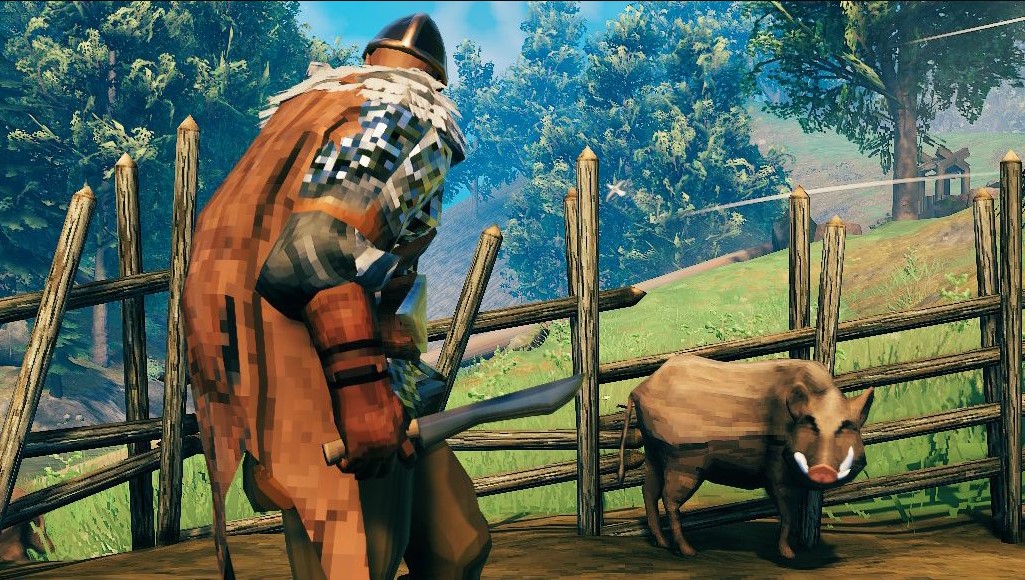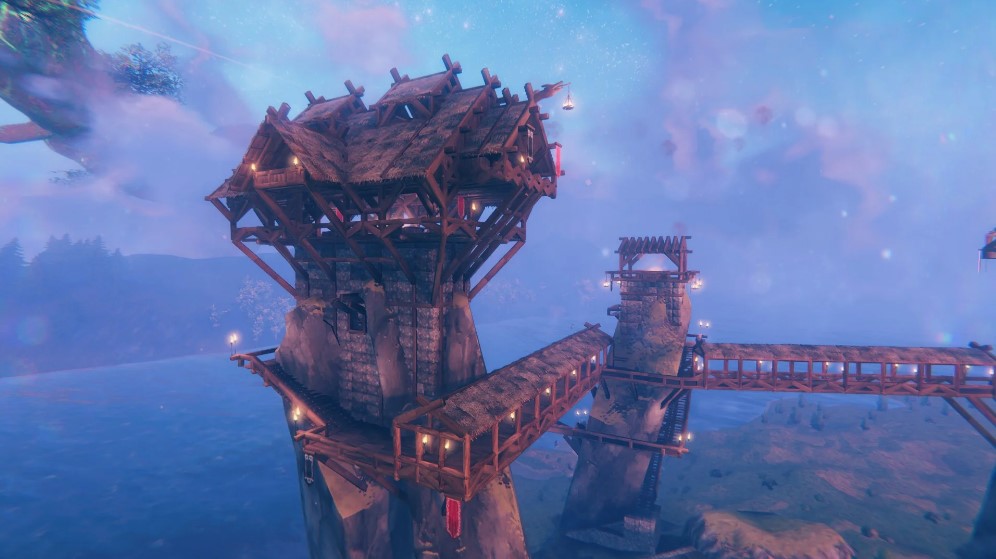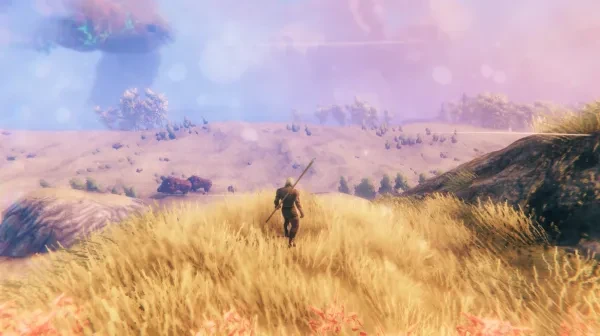
A little while back we touched on graphic settings that help you enjoy the game with settings ranging from bare minimum settings to putting everything on max. While that may be a more summarized version of the settings used, it doesn’t fully tell why those settings are chosen for specific reasons. For this one, we’ll be revisiting the settings to use when achieving the most frames-per-second or FPS possible.
Sometimes, closing all background apps just won’t achieve that high counter FPS number gamers love to have, and even if the game is currently capped at 60FPS, given Valheim’s early access nature, some things may be unoptimized and can dip you to lower frames, making these changes a safety net from any unexpected drops that may lead to your characters death at the most unfortunate timing. The level of FPS gains varies from setting to setting, so for those options that do not impact performance, we will be explaining what it does to help you decide whether or not you should take the minor FPS gains or choose the quality-of-life it brings to this amazing game.
As with all Valheim lists, this was written at the time of the games’ latest version (Hearth and Home Update, version 0.206.5). This guide only tackles easily accessible changes in the game with exceptions to a few vital software-based changes. This guide also doesn’t include any performance mods and will be mostly in-game changes.
The Settings Tab
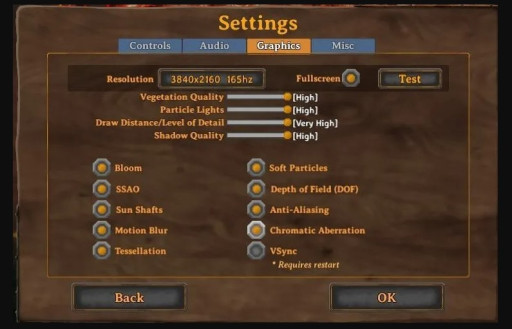
Like with the previous settings guide, we first need to establish what each part of the graphics does, and how that setting can affect the game’s visuals, and in turn, performance. I’ll try to simplify some terms, as these can be pretty confusing to anyone who doesn’t know what they mean. What I will write below will be a very oversimplified version to follow better (or if you don’t want to bother with a long explanation).
Slider / Drop-Down Options:
- Vegetation Quality – Increases/decreases the presence of grass in the game
- Particle Lights – Increases/decreases the effects from objects like fire and some weapons
- Draw Distance/Level of Detail – Changes how far you can see the games’ objects render
- Shadow Quality – Changes how detailed the shadows are
Toggle Settings:
- Bloom – Better brightness and lighting effects to light hit objects
- SSAO – Darker shadows
- Sun Shafts – More visible light rays
- Motion Blur – Adds a blur effect when turning
- Tessellation – Creates depth, preventing areas from looking too flat
- Soft Particles – Better separates and smoothens effects from other nearby objects
- Depth of Field (DOF) – Focuses on a certain portion instead of everything on the screen
- Anti-Aliasing – Smoothens out edges
- Chromatic Aberration – Does a bit of blurring effect similar to a camera lens
- V-Sync – Syncs your monitor with the graphics (FPS) to avoid looking choppy
Now with everything established, we go to these setting configurations that you can try out.
15. Update GPU Drivers
So, you just bought the game and installed it, now you are ready to play, but as soon as you hop on the server you made or join, it runs pretty rough, it’s likely this is the thing you should do first to fix that issue.
How It Will Fix the Problem
To put it simply, updating the GPU allows you to use the graphics card on your PC to its full potential. This is a common oversight for those who just built the computer and wanted to start playing games outright. While this feature should be automatically done for you by Windows, it can sometimes bug out or outright not work, so a manual installation check would do you some good. Below are the things that doing a GPU driver update would do for you.
- Optimizes your GPU for best performance
- Usually sets the game at its recommended settings
- Also helps with other games
How to Apply It
There are 2 ways you can do this and will show both of them below.
(Option 1)
- Type ‘Device Manager on your Windows search bar
- Click on ‘Display Adapters’ tab to expand
- Right-click the listed item and press ‘Update Driver’
(Option 2)
- Go to a browser and search your ‘GPU’s name driver’ (ex. GTX 1050 Driver)
- Click the one from the manufacturer’s website and navigate to the download page
- Download and install the driver by following the guides provided the software
- Wait until the program has finished
For those who don’t want to tinker too much with their PCs, take Option 1 for ease of use and prevention of adding additional software to the system, otherwise, use the latter.
14. Try the Vulkan API
Optimization can be hit or miss with games, and with that in mind, utilizing different APIs (Application Programming Interface) would do some good, especially for those wanting a bit more performance.
How It Will Fix the Problem
Another one of those ‘I don’t know how it works’ kind of options that is available to you that may lead to a better experience in the FPS department. Without getting technical, it’s a different engine that runs the game a bit differently, which can free up some FPS. This is more of a trial-and-error type as there will be rare instances that the normal launching of Valheim (which uses DirectX) will be better for you. Vulkan is hardware dependent, and if you don’t have the hardware to take advantage of it, you’re likely going to see little to no performance benefit to FPS, and can even hurt it. Either way, an easy toggle for easy gains and the way to do it are described below.
- Options are available via launching the game
- Doesn’t require user input
How To Apply It
- Launch the game
- Choose which engine to use
- Compare which gives better performance and use your preferred setting on future launches
13. Vegetation Settings Set to Low/Medium
Now we start messing with in-game settings, and on the very top of the slider options, there’s vegetation, which has surprising benefits for those wanting more frames.
How It Will Fix the Problem
Thankfully, vegetation settings don’t take away too many things from other visuals in Valheim, but it does help out a lot in terms of FPS. By turning the whole thing to Low, you’ll be able to get more FPS and be able to see what is in front of you much better. A debate can be made that setting the vegetation to Medium is a more immersive compromise, but if you are running Valheim with a substandard system, any FPS boost is welcomed. Below are the benefits to turning this setting down.
- Low settings will guarantee the most FPS
- Medium gives visual boost without performance being too bad
I’d personally go for Medium as visuals are amazing with it, but for a more combat-focused run, Low will give you that advantage, both in frames, and invisibility. Anything above the two settings is a bit of a handicap for your system as the changes are very minor, so choose what you fancy and go with it.
How To Apply It
- Launch the game and join a world
- Press ‘Esc’ and go to the settings option
- Click on the ‘Graphics’ Tab and find the ‘Vegetation Quality’ setting
- Slide adjust the settings and test if the change helps
12. Particle Lighting Set to Medium
Effects can usually pile on and create performance issues depending on the game but in Valheim, that difference is dependent on what effects are shown, which we’ll talk about next.
How It Will Fix the Problem
The obvious answer would be to set everything to Low, but the change between that and Medium isn’t bad as it would only lose you 1-2 FPS on things like fire and smoke effects. It’s one of the more minor things on this list, so even with High settings, this should still not affect your FPS by a significant amount. To keep it on the safe side, it’s best to use the settings listed below to fix performance.
- Low settings will guarantee the most FPS
- Medium settings will make the game look better while retaining nearly the same FPS
How To Apply It
- Launch the game and join a world
- Press ‘Esc’ and go to the settings option
- Click on the ‘Graphics’ Tab and find the ‘Particle Lighting’ setting
- Slide adjust the settings and test if the change helps
11. Draw Distance Set to Medium
One of the more important aspects of the game on a gameplay level, draw distance settings can help you spot enemies from afar, but at the cost of frames, finding a balance may be tricky.
How It Will Fix the Problem
While the difference in FPS hit is sizeable going from Low to High, you shouldn’t need to turn all the way Low unless your PC suffers from performance issues. Again, Low will always net you the best results but a Medium is a good compromise if you compare the two. While I would vouch for a Very High setting for maximum coverage, for this use case, an FPS advantage is found on Low and Medium. Choose the setting you’d want to benefit from as listed below.
- Low settings will guarantee the most FPS
- Medium settings will allow for more gameplay options without much sacrifice to frames
How To Apply It
- Launch the game and join a world
- Press ‘Esc’ and go to the settings option
- Click on the ‘Graphics’ Tab and find the ‘Draw Distance/Level of Detail’ setting
- Slide adjust the settings and test if the change helps
10. Shadow Effects Set to Medium
Another variable to video effects that can affect FPS is shadows. While some games render shadows in different ways, Valheim doesn’t seem to be doing much of it, but that doesn’t mean FPS can be gained from changing things around.
How It Will Fix the Problem
By turning things down, you’ll be gaining FPS by losing the visual realism the shadows bring, most evidently on the trees when the shadow of the branches sway. If you set it to Low, the shadows will be nearly static, while Medium and High settings will shape it more like the trees they cast upon. From a visual standpoint, High is very good and the way to go, but with performance being the core focus, Low and Medium is simply the best choice for you. Which one you choose depends on your preference, which is listed below.
- Low settings will guarantee the most FPS
- Medium settings will allow for more gameplay options without much sacrifice to frames
How To Apply It
- Launch the game and join a world
- Press ‘Esc’ and go to the settings option
- Click on the ‘Graphics’ Tab and find the ‘Shadow Quality’ setting
- Slide adjust the settings and test if the change helps
9. Bloom is Subjective
Now we head towards the toggle setting of the game, which by turning it on or off may or may not produce any lasting gains. First up we have Bloom and while it may look frame intensive, it isn’t as big of a hit or gain as one may think, but should you have it on or off is the real question we answer here.
How It Will Fix the Problem
Bloom makes lights more in line with realism, for instance, the sunlight looks big and overly bright when you look at it. This effect is a common one in a lot of games and implementing it without much of an FPS drop is very much possible. For Valheim, the difference between both on and off is a mere 1-2 FPS in most scenarios. This now becomes a matter of preference as Bloom off will make the game flat but with it on, it becomes bright, showing Valheim’s colors and style more. Since this isn’t a big FPS taker, your choice will be based on the following things listed below.
- Bloom Off - Makes the game less bright and can help you perform better alongside other changes
- Bloom On - Makes the game look great and gives it its distinct style
- Both options offer minor FPS hit/gains
How To Apply It
- Launch the game and join a world
- Press ‘Esc’ and go to the settings option
- Click on the ‘Graphics’ Tab and find the ‘Bloom’ toggle setting
- Click to turn on or off, with a filled circle being on
8. Turn SSAO Off
This next toggle setting is a tricky one to solve as it’s a similar story to Bloom but now you’re choosing between a meaningful performance loss vs game quality.
How It Will Fix the Problem
Right off the bat, the answer is to turn this off to achieve the best FPS. What makes this so tricky to definitively recommend is that while you get a performance benefit, the game just doesn’t look that good without it and that can play the question of ‘Is more FPS really worth it if the game just looks boring and bland?’. Honestly, playing without SSAO, despite the performance improvement is the way to go, but that’s just me, and as the saying goes “different strokes for different folks”. The answer to this now is based on what you want from the game, which is highlighted below.
- SSAO Off – Provides great FPS gains to aid combat and overall game smoothness
- SSAO On – Makes Valheim’s distinct and popular visuals pop more, albeit with a performance penalty
How To Apply It
- Launch the game and join a world
- Press ‘Esc’ and go to the settings option
- Click on the ‘Graphics’ Tab and find the ‘SSAO’ toggle setting
- Click to turn on or off, with a filled circle being on
7. Turn Sun Shafts Off
Sun Shafts are best partnered with the previous two settings, but the setting itself does curb or help your FPS when it’s on or off, and here you’ll see which setting is right for you.
How It Will Fix the Problem
As the name suggests, sun shafts create those bars of light that the Sun gives in the game and while that may sound great for performance, it doesn’t sound well when we look at FPS. Performance dips can be either minor or sizeable (looking at around 3-6 FPS) depending on hardware and other settings added, so for those wanting maximum performance and those pesky light beams out of your sight then turning it off is the way to go. The differences between the two are stylistic, but explainable below.
- Sun Shafts Off – Provides modest FPS gains to aid combat and overall game smoothness
- Sun Shafts On – Adds to the immersion and bright feel of the game
How To Apply It
- Launch the game and join a world
- Press ‘Esc’ and go to the settings option
- Click on the ‘Graphics’ Tab and find the ‘Sun Shafts’ toggle setting
- Click to turn on or off, with a filled circle being on
6. Turn Motion Blur Off
The most polarizing effect built into games, Motion Blur not only chugs frames but can also lead you to some uneasy gaming sessions.
How It Will Fix the Problem
This is a very definitive answer in that you should have this off, whether you are a performance-oriented player or a visual-centric one. While a few find this fine, the constant movement in Valheim can lead to some queasy gaming sessions. Add to the fact that screen shake is also available through the ‘Misc.’ tab (but can also be turned off) and you’ll be feeling your lunch through your throat similar to a bad Viking hangover. Going back to focus on the FPS, processing such an effect takes up a bit of resource and can lose you a few frames and lead to performance penalties of around ~5 FPS. In summary, you tank performance and possibly get disoriented for nothing but a bit of blur, and that’s not beneficial to your FPS at all, as listed below.
- Motion Blur Off – removes any possible nausea-inducing blur and helps with FPS
- Motion Blur On – adds a blur to movement at an FPS penalty
How To Apply It
- Launch the game and join a world
- Press ‘Esc’ and go to the settings option
- Click on the ‘Graphics’ Tab and find the ‘Motion Blur’ toggle setting
- Click to turn on or off, with a filled circle being on
5. Turn Depth-of-Field Off
Another form of image trickery similar to Motion Blur, Depth-of-Field is also resource-intensive and may hamper the lower-end systems running this game.
How It Will Fix the Problem
While this is a much better immersion effect compared to Motion Blur, this also takes a fair around of FPS away from you, and if performance is what you need, then this should likely be off. However, unlike Motion Blur, the effect does help with the look of the game, but again, this is a guide for performance, and if more frames (nearly 6-10 FPS to be precise) are what you need, then having it off is the best choice. To understand the difference between leaving it on or off, check the two options below.
- Depth-of-Field Off – removes the camera effect of a closer focus and gains you a sizeable FPS gain
- Depth-of-Field On – adds a camera lens-like blur to distant areas to make objects look near or far at an FPS penalty
How To Apply It
- Launch the game and join a world
- Press ‘Esc’ and go to the settings option
- Click on the ‘Graphics’ Tab and find the ‘Depth-of-Field’ toggle setting
- Click to turn on or off, with a filled circle being on
4. Play Valheim Using Fullscreen
Another simple thing to boost your FPS is something you may not consider at first. Fullscreen takes up fewer resources than most screen options and it’s shocking how much you lose by going to a smaller setting, which we’ll talk about.
How It Will Fix the Problem
A staple in any game settings, you have the option of doing fullscreen, borderless, or windowed mode when running games. Now while windowed sounds like a good idea for you if you want to look at something in the background while playing, said background tasks like applications open or even Windows itself can take resources to process as you’ll be seeing it while gaming. By hopping over to fullscreen, you’ll be benefiting from the following.
- Gives the largest viewing window for your games
- Doesn’t show other things running behind which does help with system usage and in turn FPS
- Usually set by default
How To Apply It
- Launch the game
- If the game has a border or doesn’t take up the whole screen, click the application window and press ‘Alt + Enter’
- (Optional) Manually set the resolution by the game settings via the ‘Graphics’ Tab
3. Anti-Aliasing is Subjective
While many processing effects can create heavy burdens on a game, some technologies have progressed well to take advantage of visuals while retaining performance, and Anti-Aliasing in Valheim is a question of does it hurt or help it.
How It Will Fix the Problem
Anti-Aliasing takes the current assets of the game and smoothens it out, making edges look cleaner and less blocky, which is a bit ironic as Valheim’s current aesthetic reminds me of the days of early PS2, late PS1 games, or simply put, a bit blocky. That still doesn’t make it a less welcome addition to the game, however, and if you’re on the fence about leaving it on or off, you’ll be pleased to know that the performance hit of having it on is very minor, making this a preferential type of choice. Again, better FPS means turning this option off, but having it on does make the experience better, visually. Your answer may lie in the descriptions listed below.
- Anti-Aliasing Off - Makes edges of items blocky and ragged
- Anti-Aliasing On - Makes edges of items smoother and clean
- Both options offer minor FPS hit/gains
How To Apply It
- Launch the game and join a world
- Press ‘Esc’ and go to the settings option
- Click on the ‘Graphics’ Tab and find the ‘Anti-Aliasing’ toggle setting
- Click to turn on or off, with a filled circle being on
2. Turn V-Sync Off
With games being more complex, certain technologies are implemented to help with look and performance, and while the latter is better, some options like V-Sync can be hit or miss, and that can cause more harm than good.
How It Will Fix the Problem
On paper, V-Sync helps by stitching together the frames to create a smoother image and prevent things from appearing glitchy or appearing like you have less FPS than you have, and that should help with FPS… in theory. The reality of V-Sync is that it’s inconsistent through various games, and like other technologies, it relies on what hardware you have to be able to use it effectively, and even that doesn’t guarantee you more frames or a smoother experience. For this game, many would turn this setting off as Valheim doesn’t play too nicely with the built-in V-Sync toggle, with a few exceptions to some users. Either way, having it on or off affects the game in the ways listed below.
- V-Sync Off – Game smoothness doesn’t utilize the GPU hardware allowing for more FPS
- V-Sync On – Game smoothness is assisted by hardware, which can lead to massive FPS loss
How To Apply It
- Launch the game and join a world
- Press ‘Esc’ and go to the settings option
- Click on the ‘Graphics’ Tab and find the ‘V-Sync’ toggle setting
- Click to turn on or off, with a filled circle being on
1. Change the Game’s Video Resolution
This is arguably the last resort to get more FPS in any game, and by changing the resolution you will lose visual quality, but the FPS gains are much more noticeable.
How It Will Fix the Problem
This is something you’d only do if somehow, you’re still not running above 30 FPS, despite the changes listed above. Changing the resolution to something lower to native or exactly your monitor’s resolution decreases the workload your system uses up, and that free breathing room is what allows it to push much more frames to your game. The biggest downside is by lowering the game’s resolution too much you’ll be left with either, a windowed game, fitted to the resolution you set it to, or a full-screen blurry mess that runs well, but may look horrible. While that’s the reality, it’s still doable to enjoy Valheim with lowered video settings as some resolution sizes are closer to what you run natively. When you do find the balance of compromise, expect to see the gains listed below.
- Gives the best chance of guaranteed FPS improvement
- Lessens CPU or GPU usage depending on the resolution setting
How To Apply It
- Launch the game
- Manually set the resolution by the game settings via the ‘Graphics’ Tab
- Apply and see if the FPS improves
Conclusion:
Truthfully Valheim isn’t FPS dependent, and even a smooth 60FPS will get you to the end. Again, it is important to note that Valheim has a 60FPS cap anyways, so this is something for those wanting to guarantee that smooth 60 frames at all time or for those who just want to try the game on a throwaway office PC or anything under the system specs. Again, while FPS is nice, Valheim’s visuals are where this game truly shines, and I highly suggest cranking some settings more to enjoy what this game is all about. As for that piece, you can check the original graphics settings article here.
With that being said, Valheim is versatile towards those wanting FPS for combat or those wanting visual fidelity and with this game being in early access, expect more things to be added, and in turn, performance can still improve, possibly opening up this game to a lot more Viking recruits with modest war machines.


